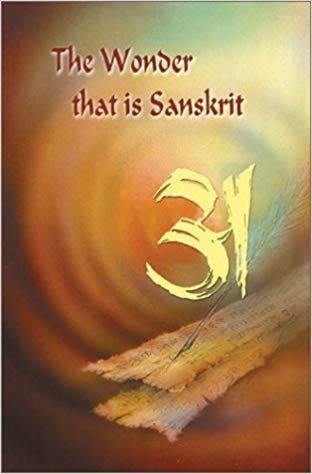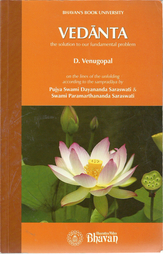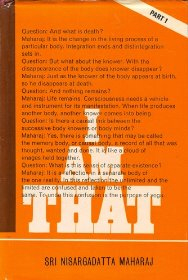Q: Can Advaitins explain how Māyā can be an attribute of the supposedly attributeless Brahman? Why was the creation needed if Brahman alone existed? What is Ishwara? (Quora)
A (Martin): 1) Māyā is not an attribute of Brahman which, as you say, is attributeless. Māyā is a diffuse, or polyvalent, concept which gives rise to much confusion, particularly by translating it as ‘illusion’ (see below). This concept can be viewed from the psychological, epistemological, and ontological perspectives.
Purely from the standpoint of Ṥaṅkara’s Advaita Vedanta, māyā is tied in with the concept of ‘ignorance’ (avidyā), which is prior to it; that is, avidyā is the necessary condition for māyā. Once ignorance has been annihilated by knowledge, māyā disappears. That means that from the higher (of two) point of view māyā does not exist. This is contrary to most post-Ṥaṅkara authors, with the exception of Sureśvara, who taught that māyā is a positive entity or force. If that were the case, how could a positive entity be removed by knowledge? Swami Satchidanandendra, practically alone in the 20th Cent. has defended the former Ṥaṅkarian position.
Continue reading

 You do not have to have been studying Advaita for very long to know that the words Atman and brahman both refer to the non-dual reality (even if are not yet convinced of this reality). After all, one of the four, particularly well-known mahAvAkya-s is ‘ayam Atam brahman’ – this Atman is brahman.
You do not have to have been studying Advaita for very long to know that the words Atman and brahman both refer to the non-dual reality (even if are not yet convinced of this reality). After all, one of the four, particularly well-known mahAvAkya-s is ‘ayam Atam brahman’ – this Atman is brahman.

